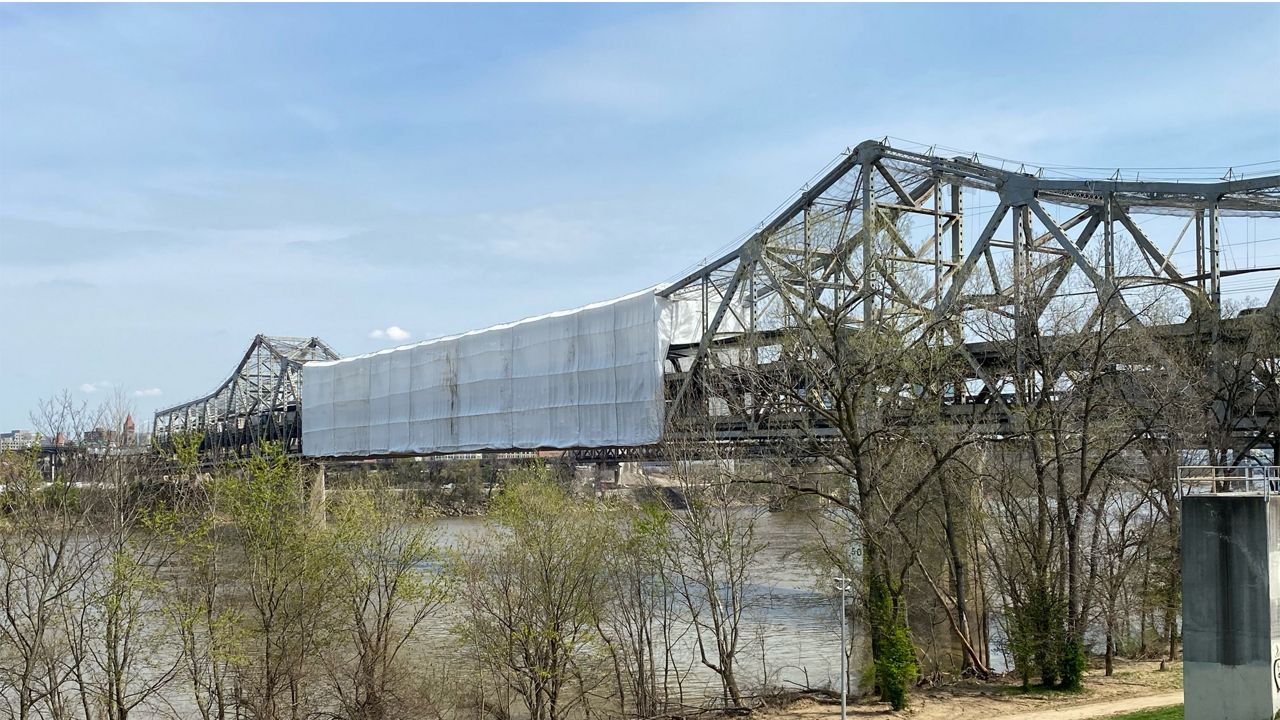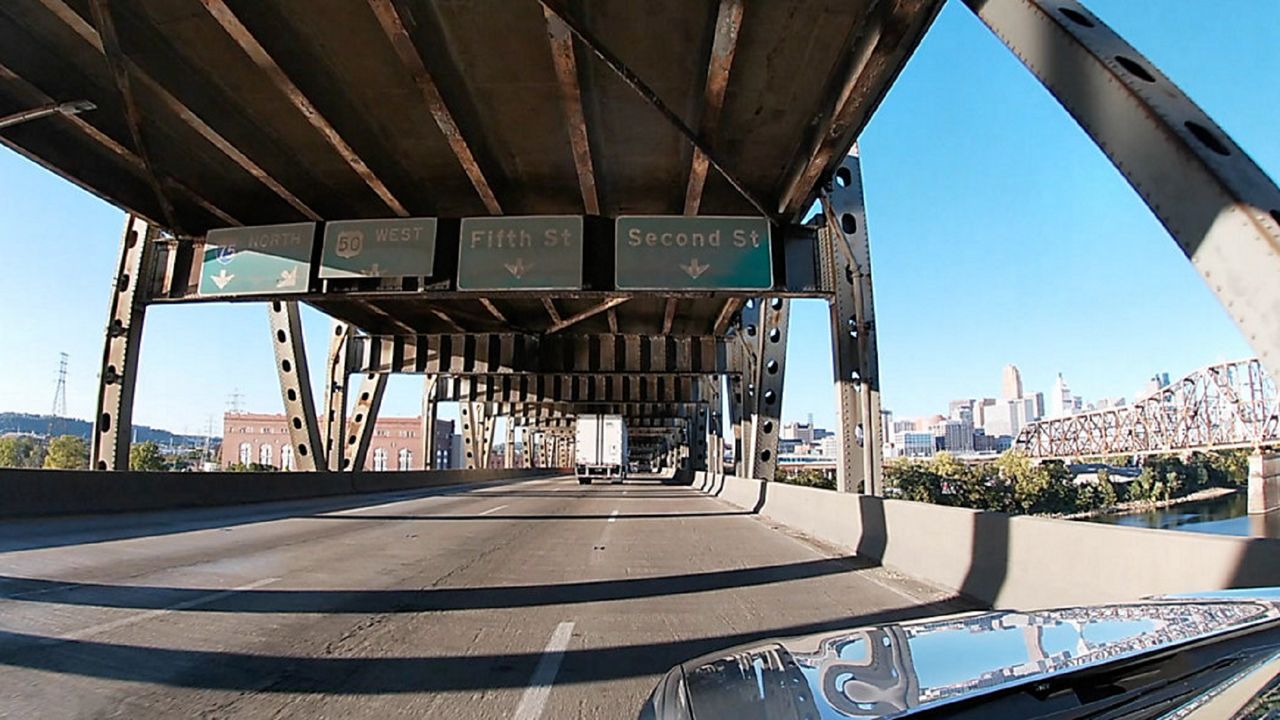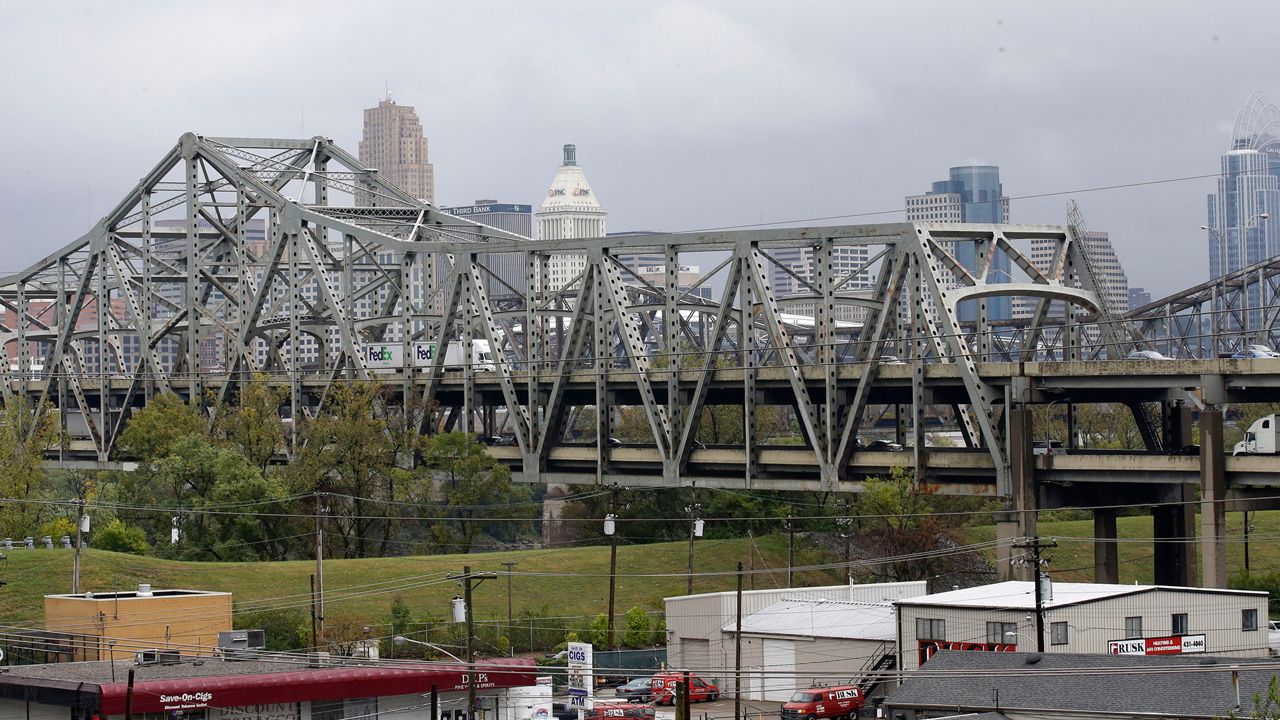CINCINNATI — President Joe Biden will be in Cincinnati on Wednesday for a televised town hall meeting.
We know the "when" (8 p.m.) and we know the "where" (Mount St. Joseph University; it will stream on CNN). But the "why" remains a bit of a question mark.
What You Need To Know
- President Joe Biden will take part in a televised town hall on Wednesday at Mount St. Joseph University
- The president will discuss a variety of national topics including COVID-19 and the economy
- It’s also believed he may mention a bipartisan proposal that will inject $1.2 trillion into various elements of the nation’s infrastructure
- Local transportation experts hope Biden will mention a plan for the Brent Spence Bridge
- The Ohio-to-Kentucky connector is a major economic driver for local businesses as well as national companies that rely on shipping along Interstate 75
The hour-long conversation with invited guests will center on a range of national talking points — COVID-19 and the state of the economy, according to the White House.
One topic that would spark local interest is the future of the Brent Spence Bridge.

The bridge, which spans the Ohio River between Covington, Ky. and Cincinnati, is the linchpin to the Interstate 75 trade corridor between Michigan and Florida. It was once the busiest trucking route in the United States.
But times have changed, as have the needs of motorists, according to Mark Policinski, CEO of the Ohio-Kentucky-Indiana Regional Council of Governments (OKI). OKI is the region's primary allocator of federal grant money for transportation projects.
Policinski said it's time to replace the bridge. He hopes the town hall will provide some insight into how that might happen.
"We are hoping the president will provide some clarity on how the new bill will address funding nationally significant, game-changing projects like the Brent Spence Bridge,” Policinski said.
"Nothing runs on time anymore if it crosses the Brent Spence Bridge," he added. "It is the poster child for the terrible state of our nation’s infrastructure. Never have U.S. roads and bridges been more vulnerable, making their funding all-the-more critical."
The bridge continues to be an economic driver for the region. Policinski said trucks carry more than $1 billion worth of freight across the bridge every day; more than $400 billion every year.
But it's no longer serviceable as-is and needs to be replaced, he said.
It's not yet clear if the president plans to talk about the 58-year-old bridge. But Wednesday's visit will be his first to Cincinnati since being elected.
It also comes on the heels of the Biden administration's promotion of the Bipartisan Infrastructure Framework. The $1.2 trillion plan invests in all types of infrastructure: green energy, high-speed internet access, the removal of lead service lines and pipes across the country. It also calls for the construction of a national network of electric vehicle chargers along highways and in rural and disadvantaged communities.
But the plan puts billions itoward updating traditional transportation infrastructure as well. As written, the plan commits roughly $109 billion to improving the country's roadways and bridges.
The White House calls the plan the "single largest dedicated bridge investment since the construction of the interstate highway system."
"There is no bridge in the country that fits the criteria of an economically significant bridge better than the one that spans the Ohio River," Pete Metz, manager of transportation initiatives for Cincinnati USA Regional Chamber, said of the Brent Spence Bridge.
Cincinnati City Council member David Mann, who's running for mayor, said he "cannot see a sensible national infrastructure bill which fails to address the Brent Spence Bridge."
Few question that the bridge needs serious repair or replacement. It was built in 1963 to accommodate a much different world.

When it opened, the two decks were striped three lanes each. In 1986, the emergency shoulders were removed in order to add an additional lane of traffic in each direction.
The goal then was to compensate for more cars being on the road. But the cars, buses and trucks have just kept increasing in number over the years.
The Brent Spence Bridge was designed to handle about 80,000 vehicles a day. Now more than 160,000 vehicles drive across it every day, according to OKI.
OKI said projections show that number will grow to 233,000 by 2035.
The original bridge design anticipated a need to handle about 3,000 to 4,000 trucks a day. It now handles up to 10 times that number, about 33,000 trucks, every day, per OKI data.
The American Transportation Research Institute put out a report earlier this year listing the Brent Spence Bridge as the second-most congested point for trucks in the U.S.
Policinski says the bridge is structurally sound. But it's been "functionally obsolete" since the 1980s, he said.
In addition to causing gridlock on I-71 and I-75, and possible headaches for motorists, the increased traffic congestion also leads to more traffic collisions, according to OKI.
"In a few short years, we have seen the bridge significantly worsen in terms of safety and efficiency when it comes to transporting freight and families," Policinski said. "There really is no debate … this dire situation calls for a new bridge. Period."
Metz said politicians from both sides of the aisle, and the Ohio River, have stressed over the years the importance of addressing the Brent Spence Bridge issue.
There have been plans in place to fix the bridge and build a companion bridge beside it since the late 1990s and early 2000s.
The stumbling block, as it can tend to be, is the finding source.
Tolls and increased taxes have been proposed in the past but those alone likely couldn't cover the project cost.
It will likely take a major influx of federal money to make the project happen.
"I applaud the reasoned men and women on both sides of the river, and our lawmakers in [Washington, D.C.], who are working to find a solution to this fatal flaw in our regional infrastructure system," Policinski said.



